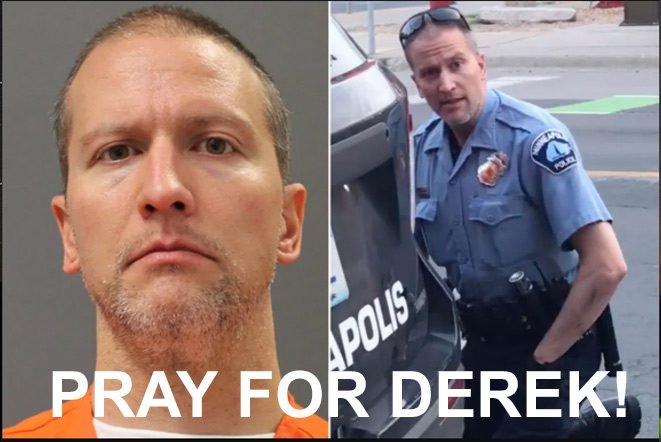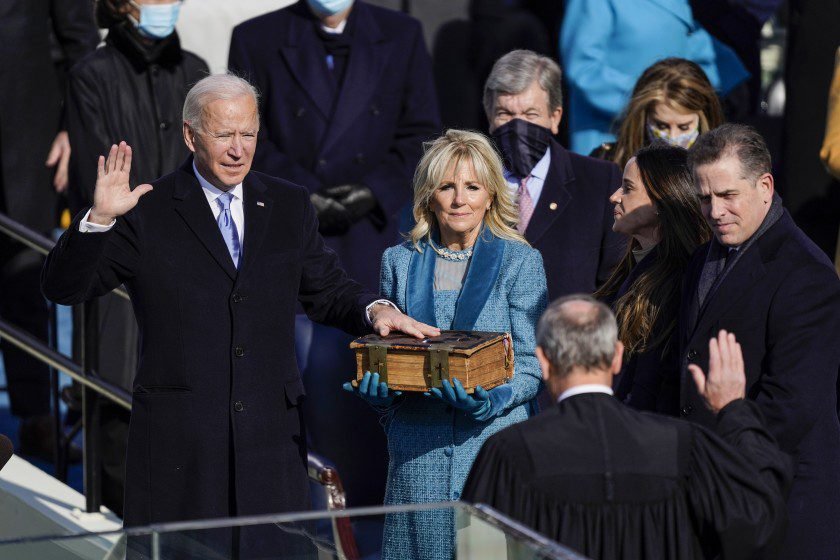
Guest post by MJ Lisbeth
Take history personally.
I gave that advice to one of my classes. I think that if you want to understand how not only “the world,” but also your immediate environment came to be, and what you can do about it, there really is no other choice.
For reasons I could articulate only recently, African American history has hit very close to home for me. While a sibling’s DNA test revealed that we have about 5 percent African blood—which, I imagine, everyone has, at bare minimum—almost nobody would ever take me for anything but a white person. It’s not just the shade of my skin or the color of my hair and eyes; my point of view and even tastes (including those in hip-hop artists) have been shaped, directly or indirectly, by being inculcated with Anglo-European-American values and culture.
Somehow, though, reading about the ways Africans were brought to these shores, and the brutal realities they have lived—and hearing stories of being subjected to or fleeing from hate-fueled violence, on recordings and in person—felt like hearing a voice from within myself. As an example, when I wrote about the Tulsa Race Massacre, I cried as if I were describing some experience of my own that I’d forgotten or suppressed in my waking life but rose up in dreams and nightmares like an air bubble in a stagnant pond. And mentioning Olivia Hooker felt like remembering some long-lost or -forgotten relative.
One reason why I so identify with the historic and present trials of African Americans is not simply empathy (though I’ve been told by more than one person that I have it). It has become clearer to me in two developments of the past few years: the ways in which churches have had to come to terms with their relationship to slavery and the revelation of long-suppressed accounts of sexual exploitation of children—including me, when I was an altar boy—and others who are vulnerable by clergy and others well-placed in religious institutions.
As best as I can tell, the only white Christian denominations or communities in the US that didn’t benefit from, or have some role in, declaring other human beings as property and using them as agricultural machinery or worse, are the Amish, Mennonites, and Quakers. In fact, the Southern Baptist Church—to this date, the largest Protestant denomination in the US—began from a rift with the larger Baptist church over slaveholding. And, at least one historian has argued that the Roman Catholic Church was the first corporate slaveholder in the Americas.
While the 1838 sale of 272 slaves by Georgetown University president Thomas Mulledy to pay off the debts of what would become America’s most prestigious Catholic institution of higher education has been known for some time, other purchases, receipt of gifts, sale and transfer of slaves by various orders of priests and nuns, as well as by parishes and dioceses, has only recently been coming to light. And, decades before Columbus landed at Hispaniola, Pope Nicholas V issued a bull instructing King Alfonso V of Portugal . . . to invade, search out, capture, vanquish, and subdue all Saracens and pagans whatsoever . . . [and] to reduce their persons to perpetual slavery, and to apply and appropriate to himself and his successors the kingdoms, dukedoms, counties, principalities, dominions, possessions, and goods, and to convert them to his and their use and profit . . .
Both the Catholic and Southern Baptist churches, as well as others, are being prodded by individual members and, in a few cases, clergy members, to confront and make amends for their history of slaveholding. In both cases, as with other Christian churches, leadership has ignored or denied the problem, or tried to dismiss it by saying, in essence, “that was then.” But even if efforts by individual congregants and clergy members result in paying reparations to descendants of those who were bought, sold or used, it won’t erase centuries of trauma that have helped to perpetuate racial inequity.
If the plotline of this story, if you will, seems familiar, it’s because you’ve heard it recently, in another context, and with (mostly) different victims. You see, every one of those congregations (as well as the Amish and Orthodox Jewish communities) has been rocked by revelations of sex abuse by priests, pastors, deacons and other religious leaders. Moreover, they are reacting to allegations of everything from molestation of children to sexual assault of adults in the same ways they’re reacting to the “news” about slavery: denial or vilification of those who would “bring up the past” to “stir up trouble.”
What I’ve come to realize is that enslavement and sexual exploitation, whether by priests or plantation owners, often happen to the same people. (Example: Sally Hemmings) Most important, though, they happen for the same reason: A power dynamic that mainly privileges certain groups of people (usually, white men from the upper or middle classes) encourages them to see those with less power as less human. A child in this vortex, especially if he or she has not yet received Communion or Confirmation, is not a fully-formed human; according to Nicholas V’s bull, an African is and cannot be, by definition, one.
In other words, you can’t exploit or enslave someone who has as much power as you—whether that power is the result of wealth, rank in an organization, education, or that person’s actual or perceived status. That status, or lack thereof, can derive from race or gender as well as achievement. (Contrary to popular perception, rape is more commonly done by white men to non-white women than by non-white men to white women. ) Whatever its source, those on the bottom didn’t ask to be there and got there, usually, through no choice or fault of their own.
While I would not compare even the worst experiences I’ve had to anything enslaved people (or, in too many cases, their descendants) have endured, they and I were exploited, and had parts of our selves taken away, for essentially the same reason: Someone who had more power saw us less than human, or simply less human than themselves. And the way churches are dealing (or not) with the aftermath of our exploitation is, unfortunately, all too personal.
Talking about my sexual abuse by a priest was a step in claiming my identity as a transgender woman and reclaiming myself as a subject rather than an object in my history, and within whatever histories I’ve been a part. Likewise, confronting a church’s, or any other institution’s, role in or relationship to slavery is nothing less than a way for descendants of the enslaved to reclaim their personal and collective histories as well as to claim their current identities. If that isn’t personal for me, I don’t know what is.
Bruce Gerencser, 68, lives in rural Northwest Ohio with his wife of 47 years. He and his wife have six grown children and sixteen grandchildren. Bruce pastored Evangelical churches for twenty-five years in Ohio, Texas, and Michigan. Bruce left the ministry in 2005, and in 2008 he left Christianity. Bruce is now a humanist and an atheist.
Your comments are welcome and appreciated. All first-time comments are moderated. Please read the commenting rules before commenting.
You can email Bruce via the Contact Form.



